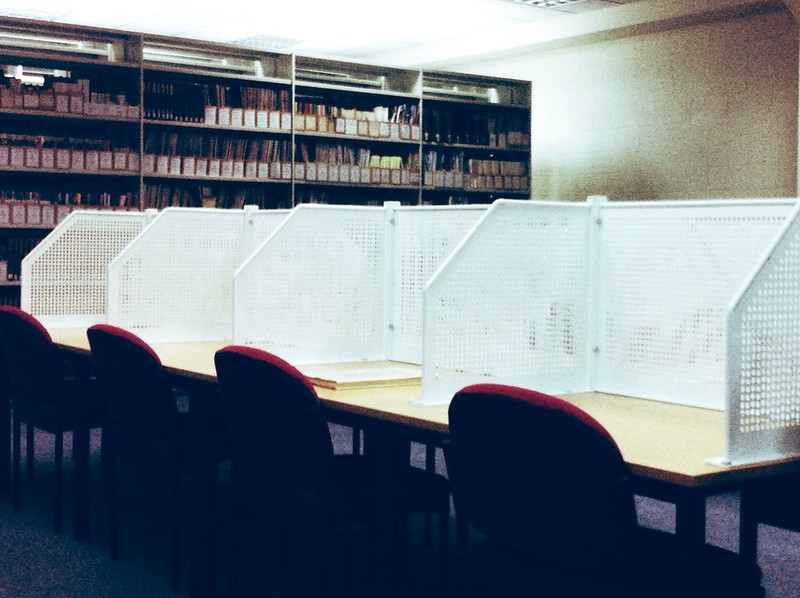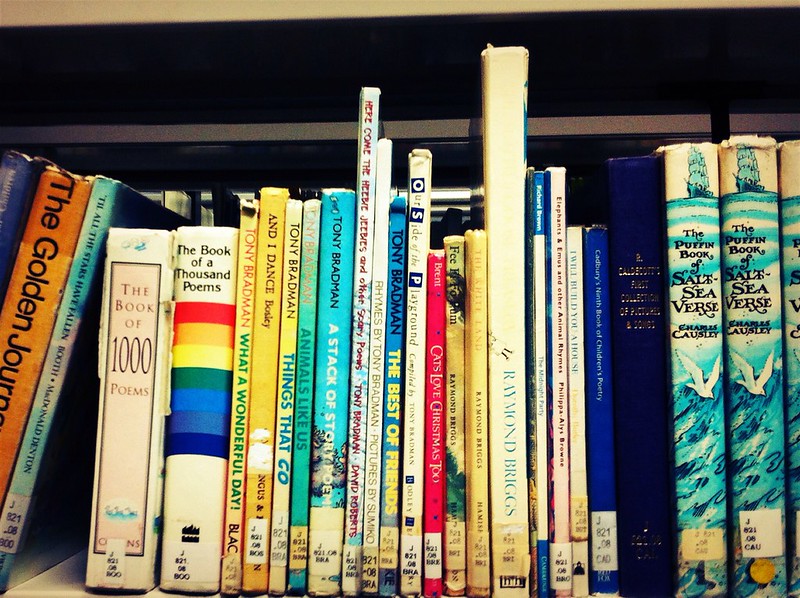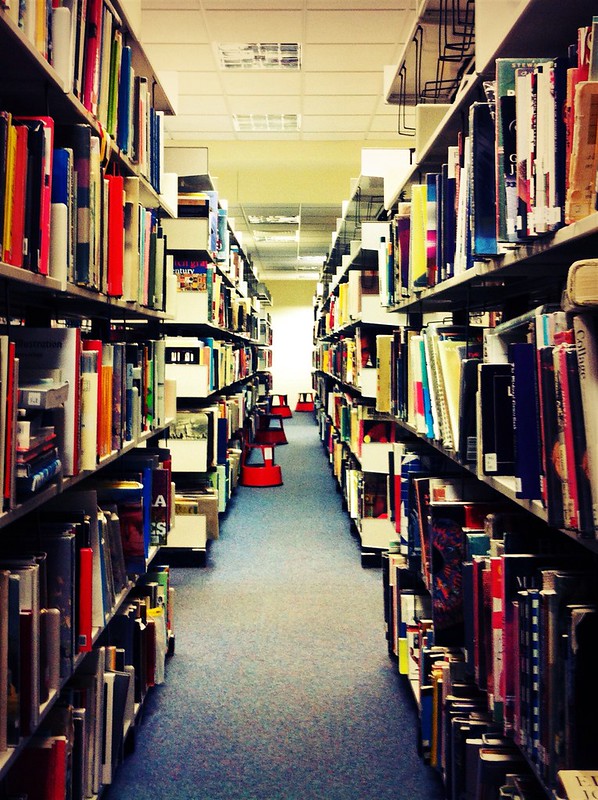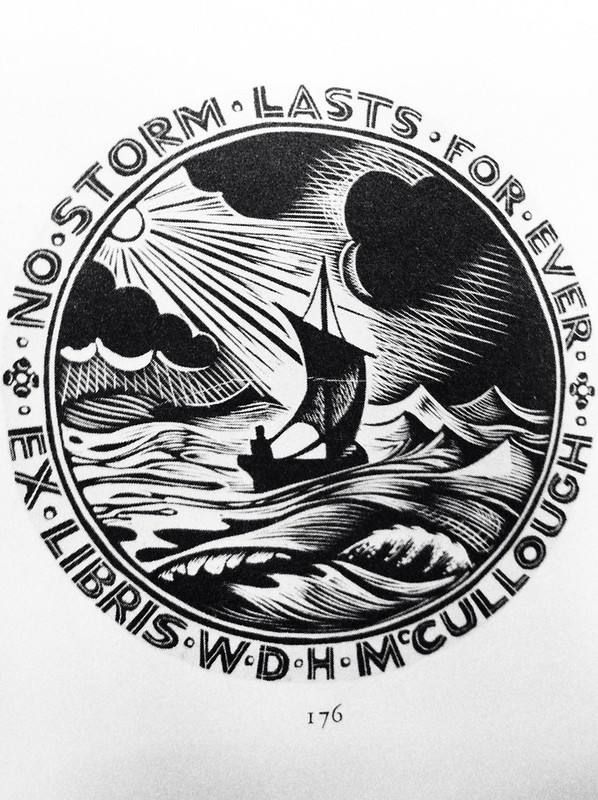The Library at the University of Plymouth allows members of the public to visit for free and, on production of ID showing current address, use the facilities on a reference only basis. I was interested to learn that the Library also allows members of the public and corporations to pay a membership fee allowing them to borrow books.
The Library holds over 500,000 books and 22,000 journals with particularly strong art and law collections. When I visited, the library was half-empty as the undergraduates have already departed for the summer and the few remaining students were hard at work at the numerous study desks (individual carrels and group study tables) or quietly enjoying a coffee in the Library cafe.
 |
| My preferred style of study desk. |
I spent most of my visit on level 0 browsing the books in the 700s, the Library uses the Dewey Decimal system and is well laid out making it very easy to use for a first time visitor. As you can see from the photo below, the reading room is large and contains an extensive collection of art books from volumes about famous art movements to art and science and a noteworthy collection of Artists' books.
Unlike some university libraries, the Library at the University of Plymouth does not restrict members of the public to 3 or 4 visits per year only, so I hope to make use of this wonderful resource again in the future. If you are in Plymouth and have an interest in art I highly recommend a trip to the Library.





No comments:
Post a Comment